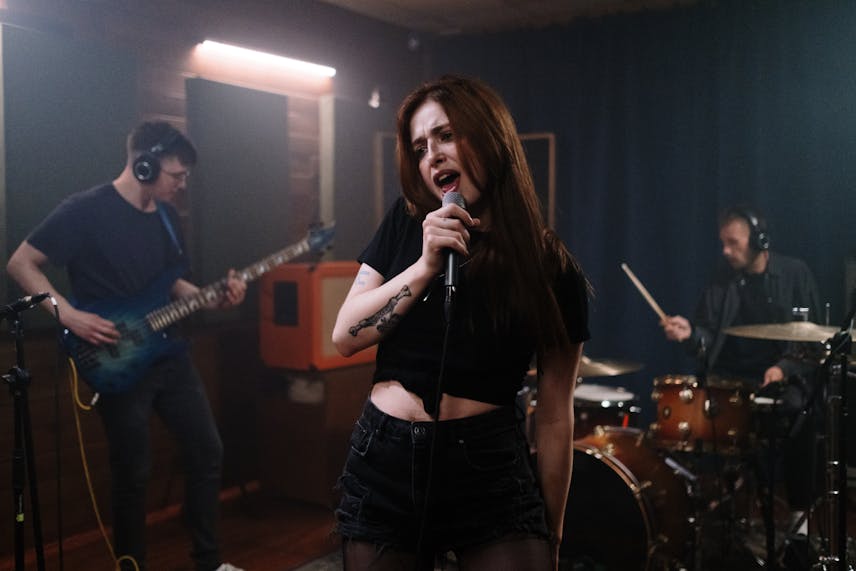When discussing drums for LOFI music, it’s essential to understand how they serve as the backbone of this genre’s relaxed yet engaging sound. LOFI, short for low-fidelity, is known for its smooth, down-tempo beats and often includes a mix of vintage and modern drum sounds to create a vibe that’s both nostalgic and fresh.
The Role of Drums in LOFI Music
In LOFI music, drums are not just a rhythm section; they are the pulsating heart that gives life to the tracks. They set the tempo and mood, often characterized by their laid-back, jazzy feel that induces a state of relaxation and concentration. The beats are typically less aggressive than in other forms of electronic music, aiming to soothe rather than stimulate.
Choosing the Right Drum Sounds
For producers looking to capture the quintessential LOFI sound, the choice of drum samples is crucial. Many opt for sounds with a bit of crackle or hiss, emulating the warmth of vintage drum machines or vinyl records. This includes sampling kicks, snares, and hi-hats that have a muted, muffled quality as if they’ve been filtered through layers of analog equipment.
Programming LOFI Drum Patterns
When programming drums for LOFI, a less is more approach often works best. Simple, repetitive patterns provide a hypnotic effect, allowing listeners to sink into the groove. Off-beat snares or hi-hats can add to the laid-back feel, while syncopation gives the beat a head-nodding quality that’s hard to resist.
Techniques for Authentic LOFI Drum Sounds
Bitcrushing and downsampling are popular techniques to achieve the desired LOFI aesthetic. These methods intentionally reduce the sound quality, which paradoxically increases the textural richness of the drums. Additionally, producers frequently use vinyl emulation plugins to add the characteristic pops and crackles of old records.
Layering and Texturizing
Layering different drum sounds can create depth and interest in a LOFI track. A common technique is to layer a subtle field recording, like rain or café ambience, underneath the drum track. This not only adds texture but also helps to situate the listener in a specific headspace or environment.
Use of Swing and Groove
Applying swing to drum patterns is another way to breathe life into LOFI drums. It shifts some of the drum hits slightly off the grid, making the beat feel more organic and less mechanical. Groove templates can be used to mimic the natural fluctuation in timing of a real drummer, further enhancing the human touch.
Mixing and Mastering LOFI Drums
The mixing stage is where you can finesse the drum sounds to sit perfectly within the LOFI aesthetic. EQing is essential; rolling off some of the high frequencies can make the drums sound more lo-fi and less intrusive, allowing for a more blendable mix with melodic elements. Compression should be subtle, maintaining dynamic range while gluing the drum elements together.
When it comes to mastering, LOFI tracks generally do not require the same loudness levels as other genres. The aim is to preserve dynamics and ensure that the drums have enough space to breathe, maintaining their relaxed vibe.
Conclusion: Crafting the Perfect LOFI Beat
The art of creating drums for LOFI music lies in striking a balance between simplicity and textural complexity. By carefully selecting drum samples, applying production techniques that add character, and mixing with an ear for subtlety, producers can craft beats that not only define the rhythm but also the very essence of a LOFI track.


